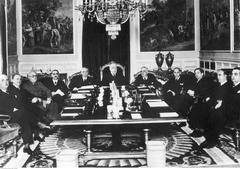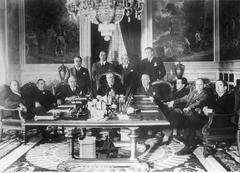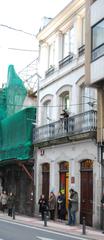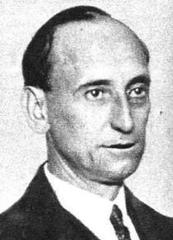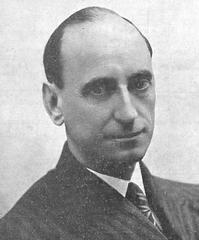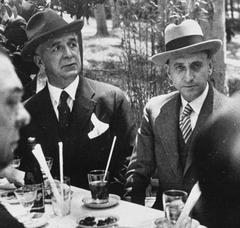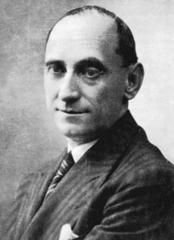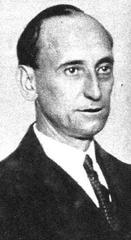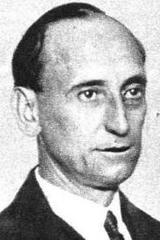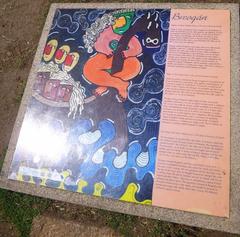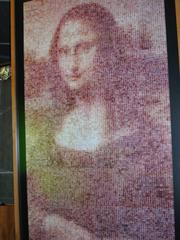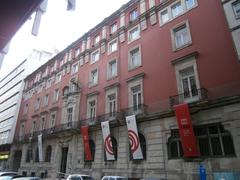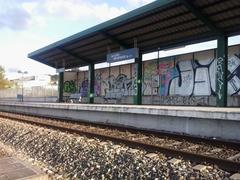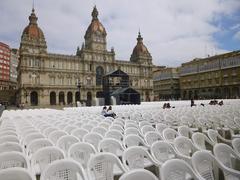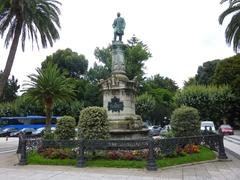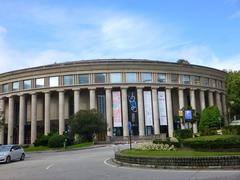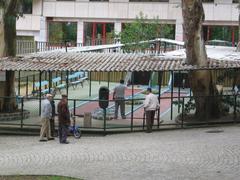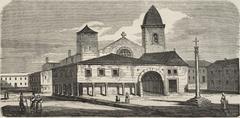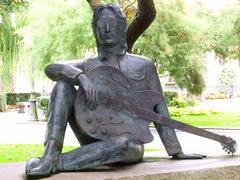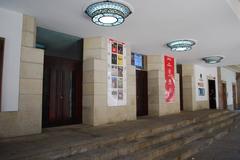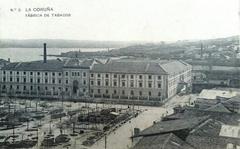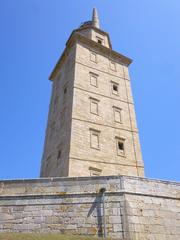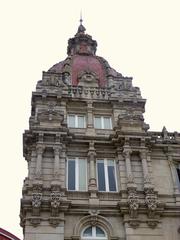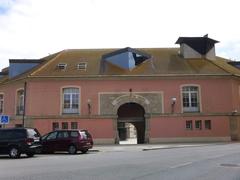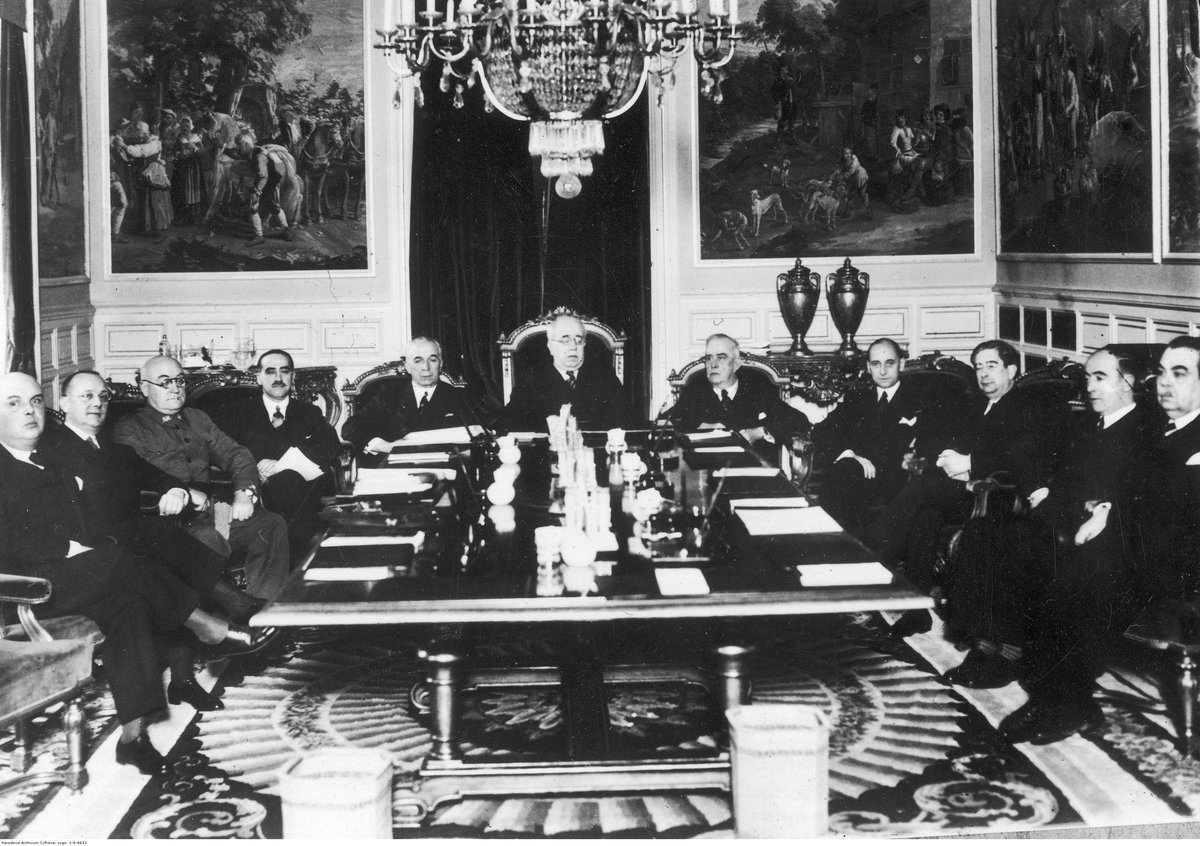
Santiago Casares Quiroga House Museum: Visiting Hours, Tickets, and Historical Insights in A Coruña
Date: 14/06/2025
Introduction
The Casa Museo Casares Quiroga, located in the historic heart of A Coruña, Spain, is a vibrant cultural landmark dedicated to the life and legacy of Santiago Casares Quiroga. As a pivotal figure in early 20th-century Spanish politics and the last Prime Minister of the Second Spanish Republic before the outbreak of the Civil War, Casares Quiroga’s home now serves as a museum and center for democratic memory. This guide provides a comprehensive overview of the museum’s historical significance, visiting hours, ticket information, exhibitions, and practical tips for visitors.
(Museo Casares Quiroga; Wikipedia)
Table of Contents
- Historical Context and Legacy of Santiago Casares Quiroga
- Visiting the Casares Quiroga House Museum
- Architectural Features
- Exhibitions and Events
- Cultural and Historical Significance
- Visitor Information and Tips
- Frequently Asked Questions (FAQ)
- Conclusion and Call to Action
- References
Historical Context and Legacy of Santiago Casares Quiroga
Early Life and Political Formation
Santiago Casares Quiroga was born in A Coruña in 1884. He studied law at the University of Santiago de Compostela and became involved in progressive student and political movements, advocating for Galician autonomy and republican principles. His early career as a lawyer and journalist set the stage for his later political ascent. In 1929, Casares Quiroga co-founded the Autonomous Galician Republican Organization (ORGA), emphasizing the fusion of regional identity with national republican ideals.
The Second Spanish Republic and Premiership
With the proclamation of the Second Spanish Republic in 1931, Casares Quiroga rose to national prominence, serving as deputy for A Coruña and holding several ministerial posts, including Minister of the Interior and Minister of the Navy. He played a key role in drafting the Statute of Autonomy for Galicia. In May 1936, he became Prime Minister during a period of escalating political tension. The outbreak of the military uprising in July 1936 led to his resignation and marked the beginning of the Spanish Civil War.
(Spanish Parliament; El País; BBC History)
Exile and Later Life
After the collapse of the Republic, Casares Quiroga went into exile in France, where he remained active in efforts to restore democracy in Spain until his death in 1950. His story is emblematic of the fate of many Republican leaders during Francoist Spain.
Visiting the Casares Quiroga House Museum
Overview and Location
The museum is situated at Calle Panaderas 12, A Coruña, in the city’s historic center, close to iconic sites like the Tower of Hercules and María Pita Square. The original family home has been restored to evoke early 20th-century life, displaying personal artifacts and documents that illuminate Casares Quiroga’s political and private worlds.
(VisitCoruna.com; escapalandia.com)
Visiting Hours
- Tuesday to Sunday: 10:00 AM – 6:00 PM
- Closed: Mondays and public holidays
Hours may vary during special events or holidays. Always check the official website for the latest information.
Tickets and Admission
- Admission: Free for all visitors
- Tickets: Not required for general entry; guided tours for groups or schools may require advance booking
Accessibility
The museum is partially accessible. While an elevator is available, some historic areas may have limited access. Visitors with mobility needs should contact the museum ahead of time for personalized assistance.
Guided Tours and Events
Regular guided tours are available (typically at 11:00 AM and 4:00 PM), providing deeper context on Casares Quiroga’s life and Spain’s republican era. The museum also hosts lectures, workshops, and commemorative events, especially during International Museum Day and significant anniversaries.
Architectural Features
The museum occupies a late 19th-century townhouse, originally remodeled in 1886 by architect Faustino Domínguez Coumes-Gay. Notable features include:
- Four floors, with the attic (bufarda) added in 1929 for garden views
- Façade with large windows and wrought-iron balconies
- Interior retaining original wooden staircases, tiled floors, and period furnishings
The domestic spaces are carefully restored to reflect the intellectual and cultural atmosphere of the Casares family home.
Exhibitions and Events
Permanent Exhibitions
- Reconstructed Living Spaces: Dining room, bedrooms, and study with authentic period furniture
- Personal Artifacts: Family belongings, clothing, and memorabilia
- Historical Documents: Letters, photographs, and items chronicling political life
- Library: Originally 10,000 volumes, now partially restored with over 4,000 books focusing on Galician culture and politics
Temporary Exhibitions and Events
The ground floor is reserved for temporary art and history exhibitions, debates, and cultural programming. Notable recent events include roundtables marking anniversaries of Casares Quiroga’s death and exhibitions on family members like María and Esther Casares Quiroga.
Cultural and Historical Significance
Democratic Memory and Recognition
Casa Museo Casares Quiroga is a key site for reflection on Spain’s republican past and the preservation of democratic memory. In 2025, the A Coruña City Council applied for its recognition as a “Lugar de Memoria Democrática” (Site of Democratic Memory), which would make it Galicia’s first such official site.
(historiadegalicia.gal; cadenaser.com)
Community Engagement
The museum regularly partners with local schools, universities, and cultural organizations for workshops, lectures, and memory projects, promoting critical engagement with Spain’s democratic heritage and civil rights.
Visitor Information and Tips
- Plan your visit: Allocate 45–60 minutes; history enthusiasts may want more time for exhibitions and events
- Best times: Weekday mornings for a quieter experience
- Photos: Non-flash photography is generally permitted (except during some temporary exhibitions)
- Nearby attractions: Combine your visit with stops at Plaza de María Pita, the Museum of Fine Arts, and the Tower of Hercules
(Engel & Völkers; VisitSights.com)
Frequently Asked Questions (FAQ)
Q: Is admission really free?
A: Yes, entry is completely free for all visitors.
Q: When is the museum open?
A: Tuesday to Sunday, 10:00 AM – 6:00 PM. Closed Mondays and public holidays.
Q: Is the museum accessible for those with disabilities?
A: The main floors are accessible by elevator, but some historic areas may have limited access. Contact the museum for details.
Q: Are guided tours available?
A: Yes, especially for groups or schools. Advance arrangement is recommended.
Q: What languages are used in the exhibitions?
A: Exhibits are primarily in Galician and Spanish. Some English materials may be available; translation apps are helpful for non-Spanish speakers.
Conclusion and Call to Action
A visit to the Casa Museo Casares Quiroga is an enriching journey through Spain’s republican heritage and the democratic ideals that shaped modern Galicia. With its authentic architecture, curated exhibitions, and commitment to community engagement, the museum honors the memory of Santiago Casares Quiroga and the broader struggle for freedom and democracy.
Plan your visit today—explore the recreated living spaces, attend a guided tour, and reflect on Spain’s complex 20th-century history. Don’t forget to check the official museum page for updates on exhibitions and events.
For a complete cultural itinerary in A Coruña, download the Audiala app, follow us on social media, and share your experiences to help keep the legacy of democratic memory alive.
References
- Museo Casares Quiroga
- Wikipedia
- historiadegalicia.gal
- cadenaser.com
- VisitCoruna.com
- escapalandia.com
- Viajes Chavetas
- Engel & Völkers
- Elespanol.com
- Xornal da Coruña
- praza.gal
- La Ventana del Arte
- La Voz de Galicia
- VisitSights.com
